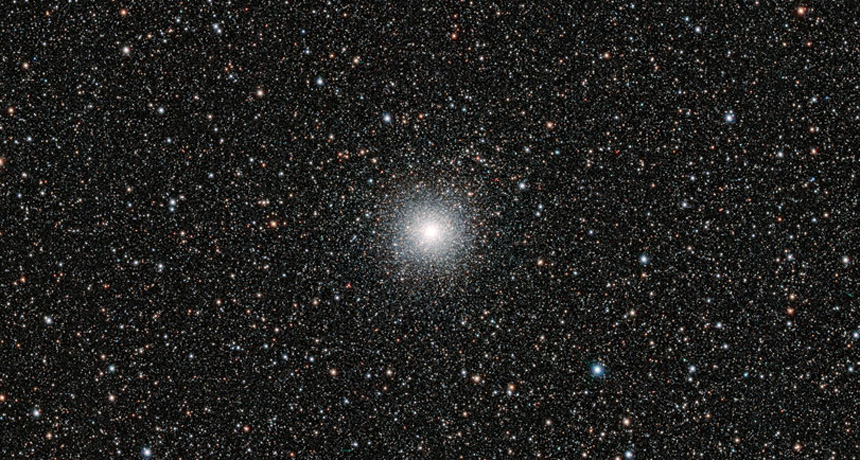Mystery of missing lithium extends beyond Milky Way
Nearby galaxy confirms conundrum is not limited to our neighborhood

ELEMENT ENIGMA Star cluster Messier 54, seen in an image from the Very Large Telescope, is low in lithium, just like stars in the Milky Way.
ESO







